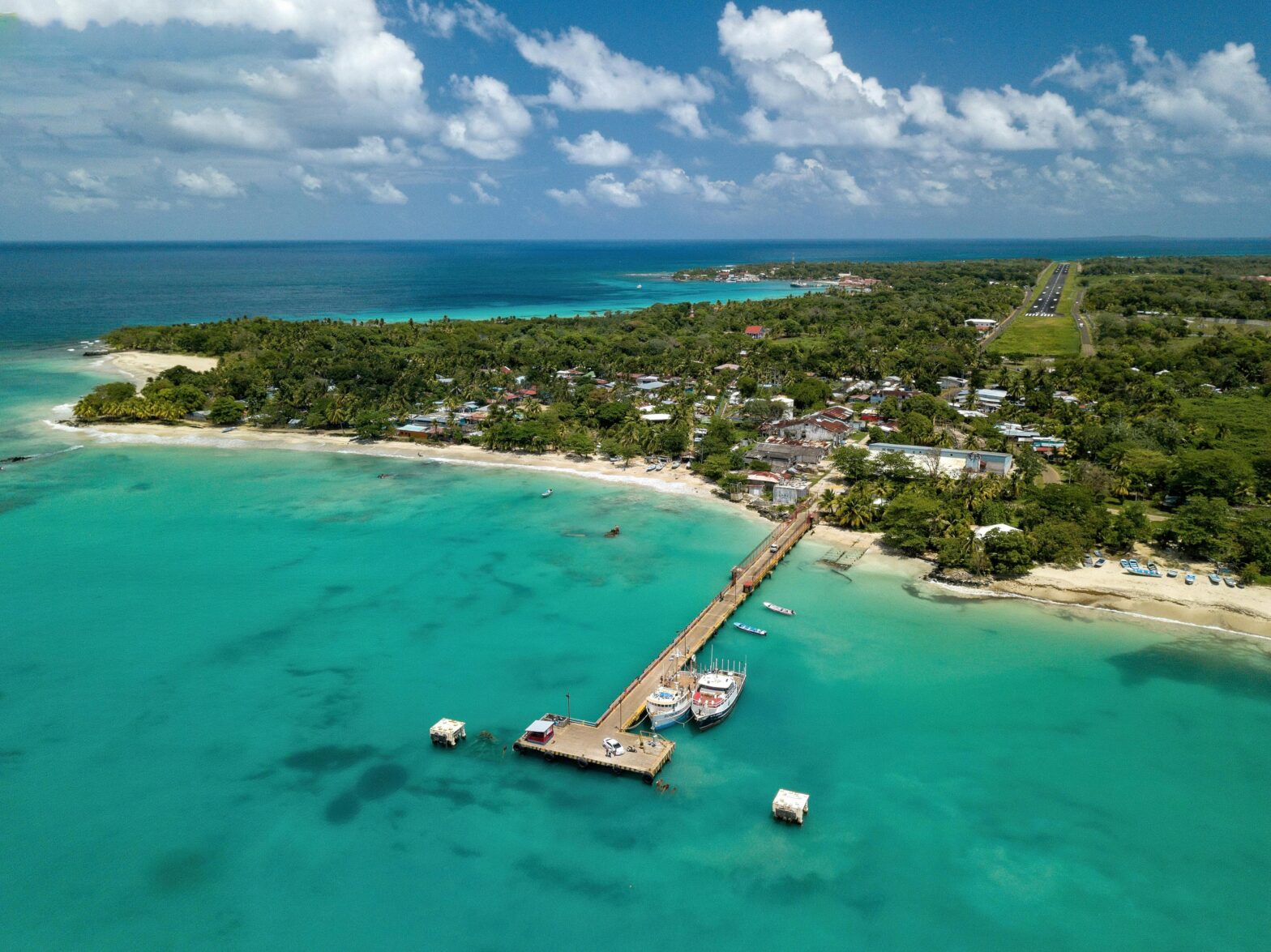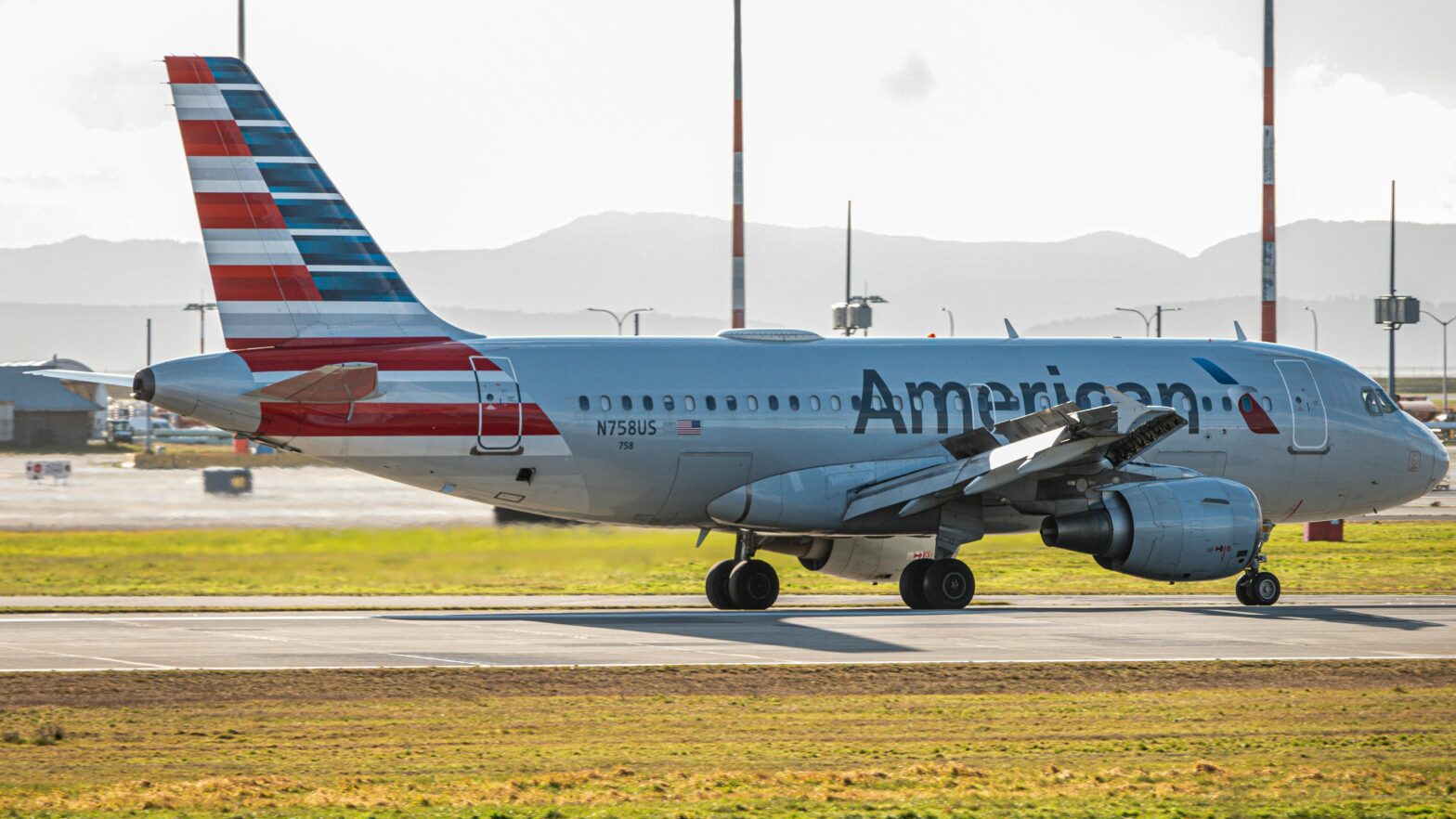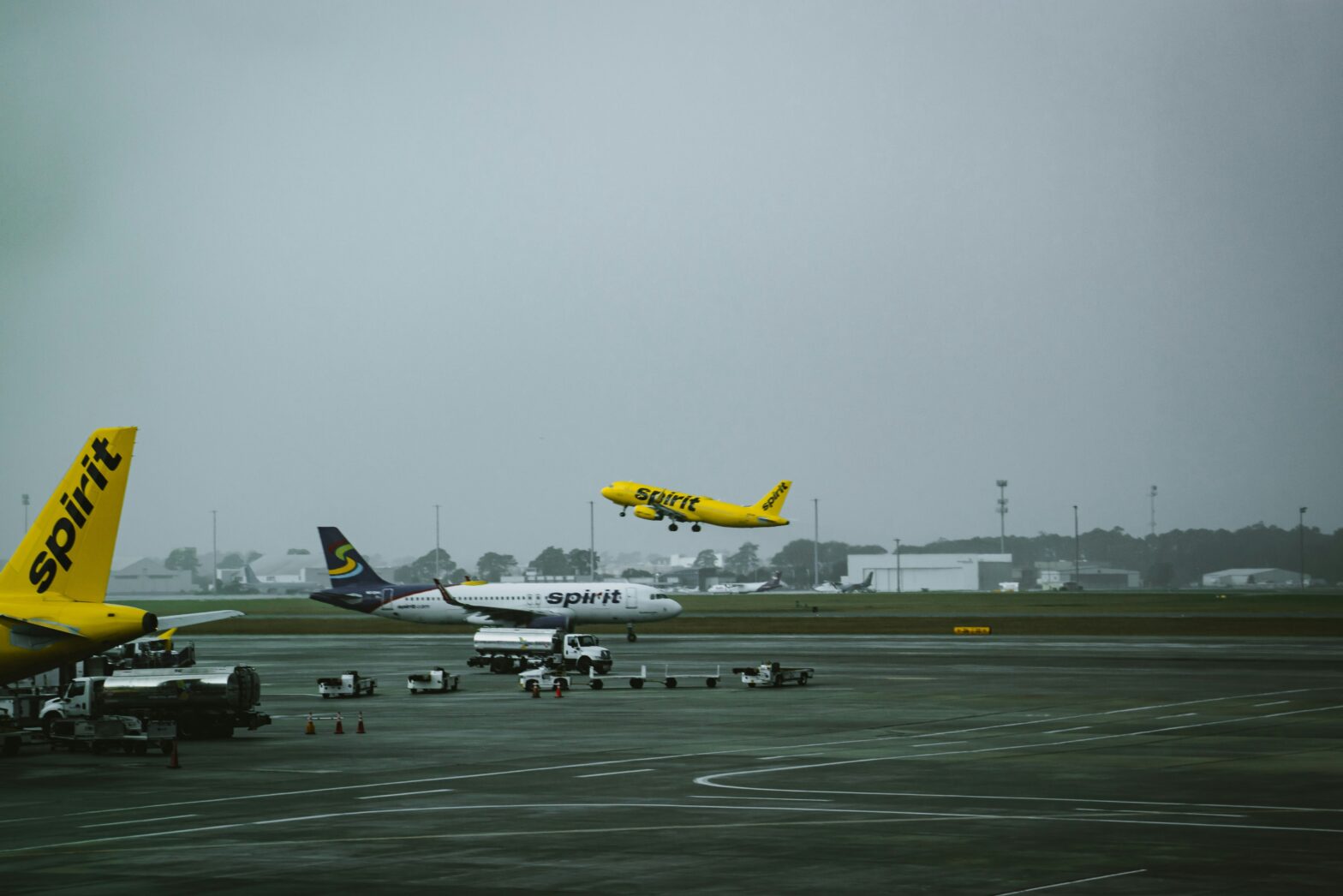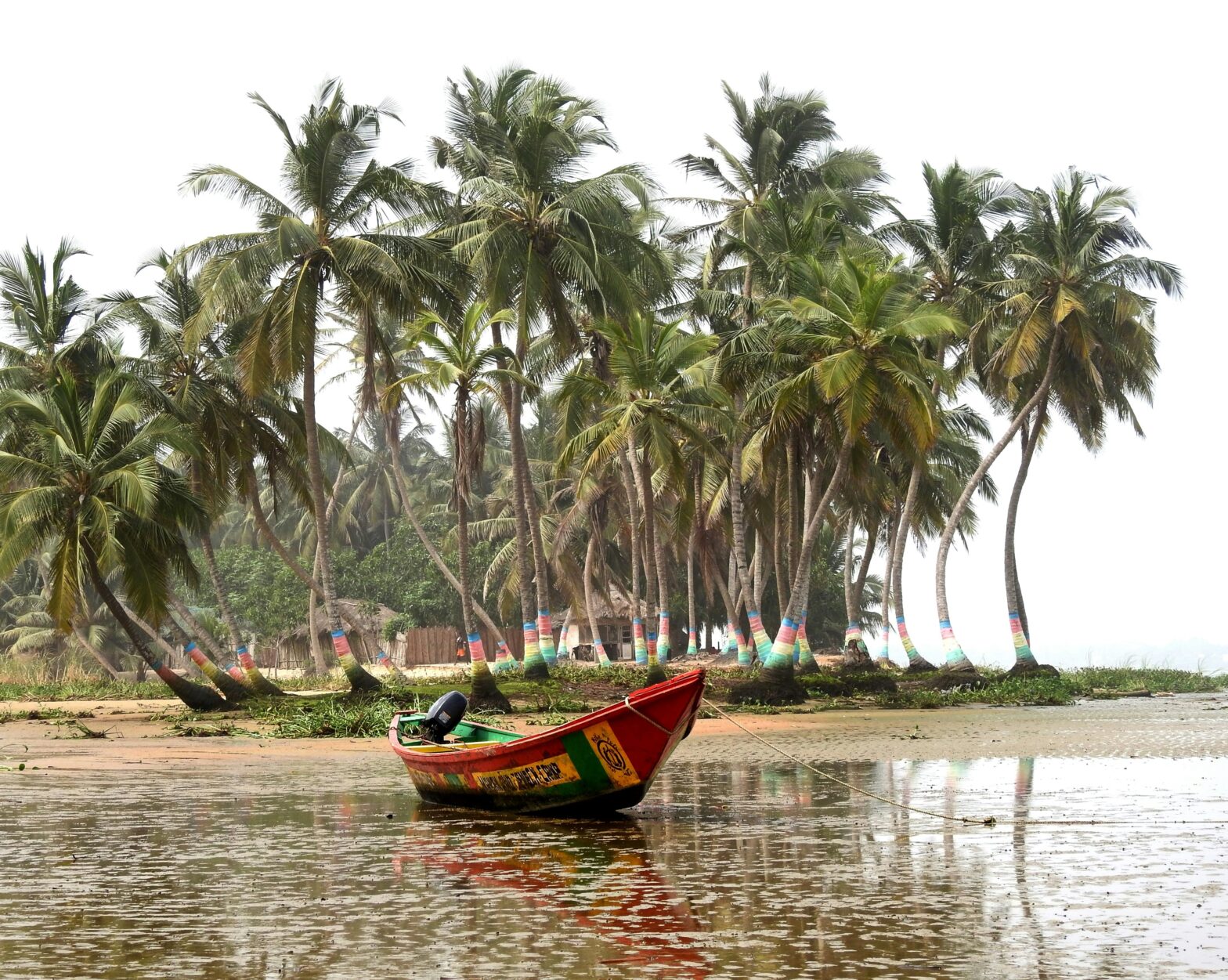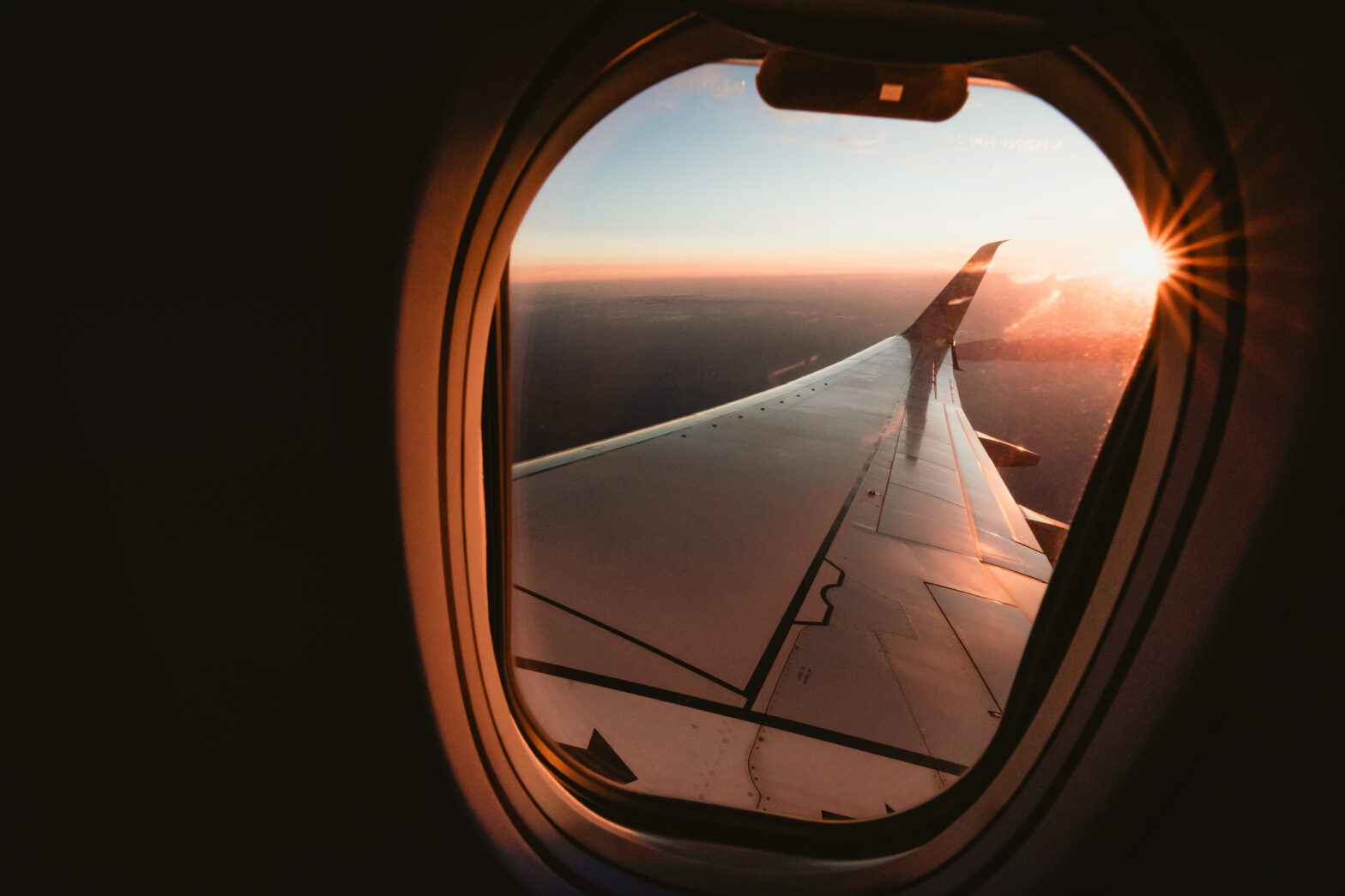On Nicaragua’s Caribbean coast, where the mouth of the Escondido River and the Caribbean Sea meet, is Bluefields, Nicaragua. It’s the capital of the South Caribbean Autonomous Region in Nicaragua and is home to one of the largest populations of African descent in Central America.
The history of Black people in the region dates back to the 17th century. According to Black Past, Puritans from the English Providence Company began settling around Bluefields in the 1630s, bringing with them a population of enslaved Africans to work on plantations. In the 1700s, enslaved Africans from Jamaica sought freedom in Bluefields. Following British emancipation in 1834, Bluefields became a refuge and home for free Blacks from those escaping the British-controlled Caribbean.
The Cisneros Hispanic Leadership Institute estimates that there are approximately 500,000 Afro-Nicaraguans in Nicaragua, accounting for approximately 9% of the total population. Roughly two-thirds of those who identify as Afro-Nicaraguan live in or around Bluefields. Here’s what to know about traveling to Bluefields and what to do once there.
How To Get To Bluefields, Nicaragua
You can travel to Bluefields by land or air. For people who want to fly, the only airline that operates flights to Bluefields is La Costeña. Book a charter flight on the airline website from Managua (MGA) to Bluefields (BEF) for roughly $150 round-trip. Be sure to be flexible with your travel dates because the airline has a limited schedule.
Another way to Bluefields is on a bus. Transportes Martinez operates a daily route from Managua’s Mercado Mayoreo bus terminal to Bluefields’ Terminal Regional de Buses for $11 one-way. The downside is that the bus route takes over 8 hours, and there are at least two stops along the way. Some guides recommend reserving your bus ticket one day in advance and then paying for it on the day of travel. Once in Bluefields, consider taking a taxi or hiring a private driver to explore the area.
Rental cars are also available at Mangua Airport for a daily rate of anywhere between $20 and $58 on Expedia. A valid license is required.
Pro Tip: If you find it challenging to plan an itinerary or prefer to have someone who speaks the local language, hire a guide to optimize your experience. Find guides on tourHQ, Armadillo Nicaragua, Viator, Tours Nicaragua, and other reputable platforms.
Where To Stay In Bluefields, Nicaragua
Some of the best platforms to find lodging and private rooms in Bluefields include Airbnb, Tripadvisor, and Expedia. These platforms offer a range of options for solo travelers and those traveling in groups. They are also perfect for navigating travel to Bluefields from Managua, and hosts will have a Rolodex of contacts for guides and activities.
Using the “flexible dates” filter will give you more options than specific dates. Book your stay first to guarantee you can reserve accommodations to your liking.
What To Do In Bluefields, Nicaragua
The Maypole Festival
Held on May 1 every year, the Palo de Mayo “Maypole Festival” is a blend of European culture and Afro-Caribbean traditions. The festival showcases Creole culture through music, dancing, parades, and other street festivities. A Queen is crowned at the end of the month. While some travel experts claim that Bluefields lacks charm, we beg to differ.
Venture To The Pearl Lagoon And Cays
Laguna de Perlas, or “Pearl Lagoon,” is one of the most critical Creole indigenous communities, as experts say the region has remained true to itself with little influence from outsiders. Because of this, it creates a culturally rich experience, unlike anything you will experience in Nicaragua.
Roughly 22 miles away from Pearl Lagoon is the Pearl Cays — a group of 18 cays that are uninhabited and covered with white sandy beaches, lush vegetation, and sparkling blue waters. The cays are perfect for a day trip since the islands are remote.
CIDCA Historical Cultural Museum Tour
Spend some time at the CIDCA Historical Cultural Museum. This museum is an ancient two-floor house that provides information about Caribbean Indigenous people while conserving and emphasizing the cultural and historical research on the Nicaraguan Caribbean Region. The museum is open from 8 a.m. to 12 p.m., Monday through Friday. It’s closed on Saturdays and Sundays.
